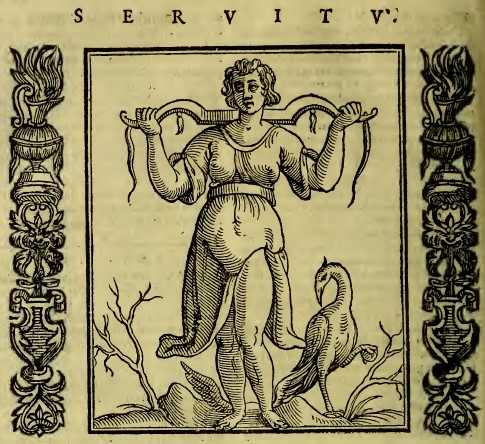Animals as Symbols of Courtly Virtues and Vices
DOI:
https://doi.org/10.15170/PAAA.2019.06.01.02Keywords:
cultural history, animal iconology, emblem book, symbol, ItalyAbstract
The visual culture of the 16–17th century is certainly one of the most spectacular chapters in the history of iconology and the history of art, literature and culture in general. Special discourses of the 16th century and especially works upon practical use in the theoretical elaboration of iconology had the inclusion of a significant number of animals as attributes. These symbols had become much more frequent, and also more pronounced in terms of variations and modifications than it has been known in research so far. The mentioned emblems preferred to use animals to visualize the virtues to be followed and the vices to be avoided, since animal symbolism was part of the allegorical and moral considerations of the time, thus perfectly suited as a tool of representation for the prevailing social, political, and ideological conditions.
Downloads

Downloads
Published
How to Cite
Issue
Section
License

This work is licensed under a Creative Commons Attribution-NonCommercial-NoDerivatives 4.0 International License.

